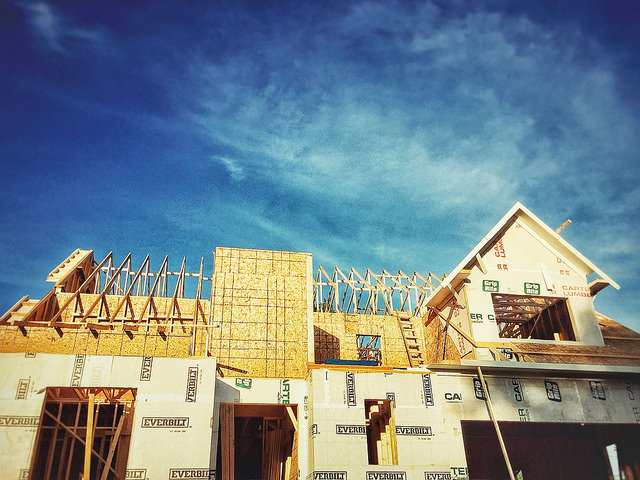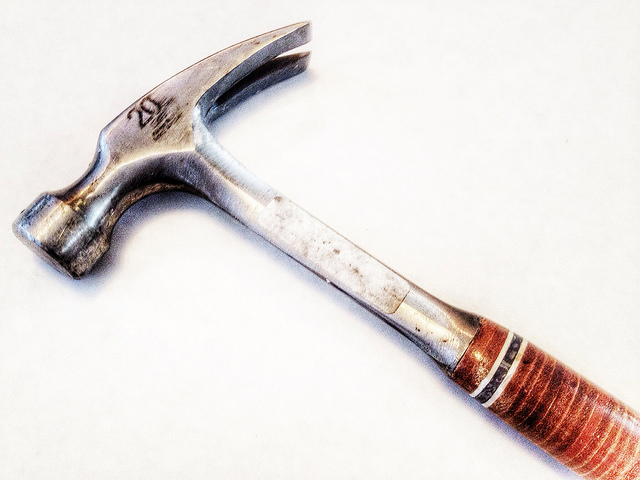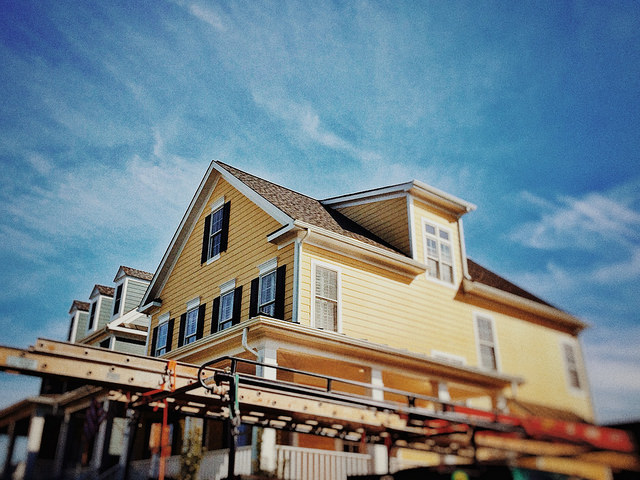Among the many indicators used to track the health of the housing market, the National Association of Realtors’ Pending Home Sales Index is unique. That’s because, rather than count the number of homes that sold in any given month, it counts the number of signed contracts to buy homes. So what’s the difference? Well, contracts are typically signed about a month before the actual closing date. Which means, pending sales offer a glimpse of where future sales might be. And, according to the most recent report, sales might soon see a lift. That’s because the number of contracts signed in October was up 3.5 percent and marked the first increase in three months. Lawrence Yun, NAR’s chief economist, said the improvement was encouraging but challenges still remain. “Home shoppers had better luck finding a home to buy in October, but slim pickings and consistently fast price gains continue to frustrate and prevent too many would-be buyers from reaching the market.†In short, buyer demand still outweighs the number of homes available to buy but recent news offers some reason to believe improvements are on the horizon. More here.













